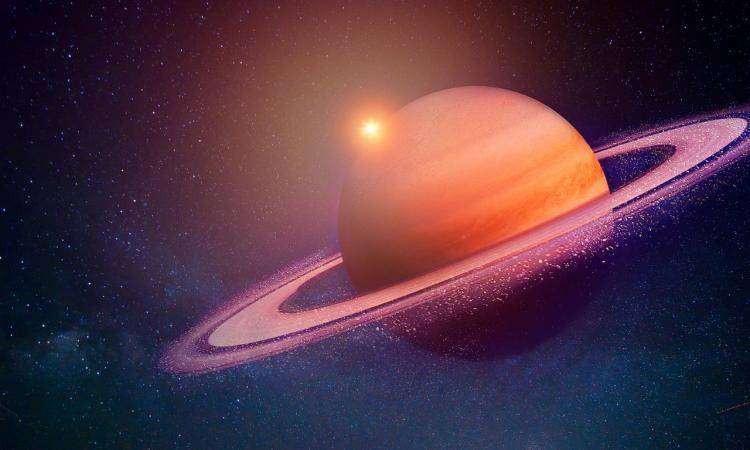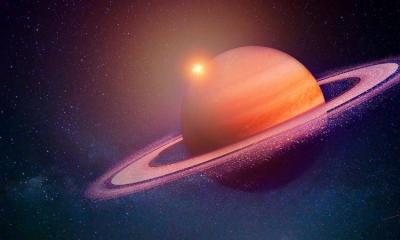A new study has found that "alien life may be closer to our home than we previously thought," after discovering that Mercury's north pole may have the right conditions to support some "extreme forms of life." Mercury seems like an inhospitable place for life due to its close proximity to the sun, but new research suggests that "there are areas on the smallest planet in the solar system that may have suitable conditions for biological survival."
The new study conducted by the Planetary Research Institute indicates that "life could exist within salt glaciers, hidden beneath the uninhabitable surface of the planet." Scientists even say that "there are similar areas on Earth where life exists despite harsh conditions." The study's lead author, Dr. Alexis Rodriguez, noted that "this line of thinking leads us to consider the possibility of subsurface areas on Mercury that may be more suitable for living than its harsh surface."
Using images from NASA's MESSENGER probe, scientists examined the geology of Mercury's north pole. With this data, the team discovered evidence that "salt glaciers may have flowed through the impact craters 'Raditladi' and 'Eminescu' on the planet." However, these glaciers are not like those on Earth. Instead of being composed of ice, the glaciers on Mercury consist of salts that trap volatile compounds such as water, nitrogen, and carbon dioxide.
When Mercury was struck by space debris, the craters exploded through the outer layer of basaltic rock, allowing these volatile compounds to flow from the ground and form glaciers. As Mercury is the closest planet to the sun, temperatures reach 430 degrees Celsius (806 degrees Fahrenheit) during the day, meaning that these volatile chemicals would have evaporated since then. Nevertheless, scientists were able to identify where the glaciers are located by searching for recognizable features from Earth.
Dr. Rodriguez stated, "Our models strongly confirm that the flow of salt is likely what produced these glaciers, and after they formed, they retained the volatile materials for over a billion years." This indicates that a wide layer of salt could exist beneath Mercury's surface, shielded from the intense heat of the sun and filled with volatile compounds that could support life. Dr. Rodriguez points out that "similar habitats have been capable of supporting life here on Earth."
He explained, "Specific salt compounds on Earth create habitable environments even in some harsh conditions they occur in, such as the arid Atacama Desert in Chile." So far, scientists believe that Mercury has not been able to support any life at all. They thought that the extreme temperature fluctuations, absence of an atmosphere, and continuous bombardment of solar radiation rendered the planet uninhabitable.
While frozen water has been found deep within some impact craters, it is these layers hidden beneath the planet's surface that would have allowed life any chance to develop. Just as Earth lies in the "habitable zone" at an appropriate distance from the sun, scientists expect that there could be a similar temperate zone below the surfaces of planets.




